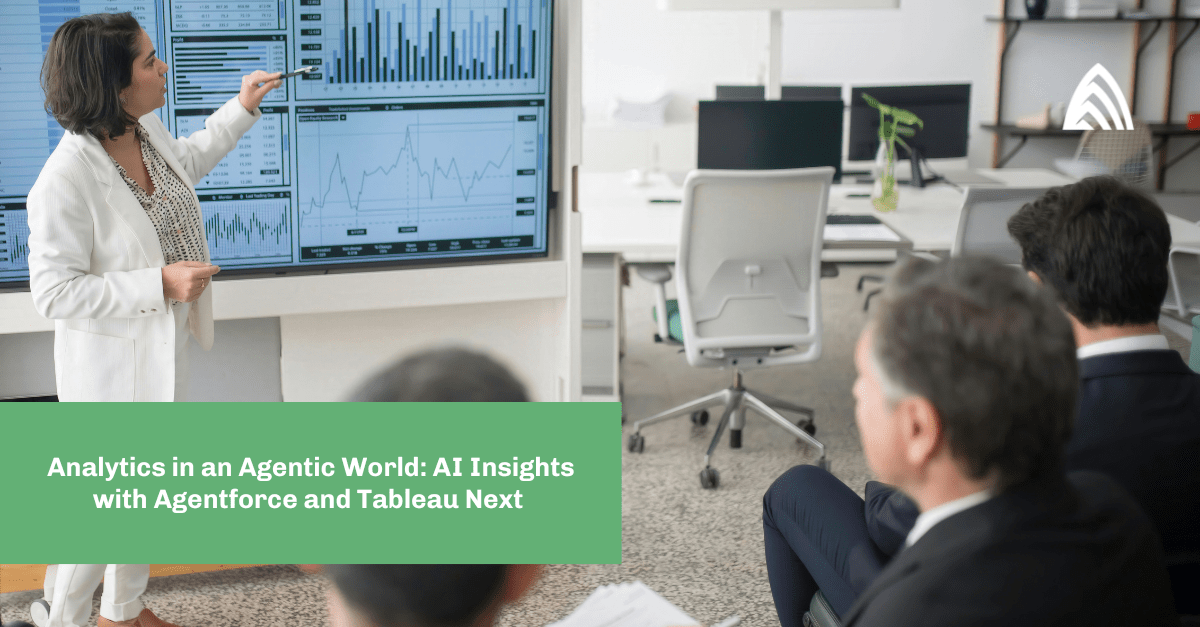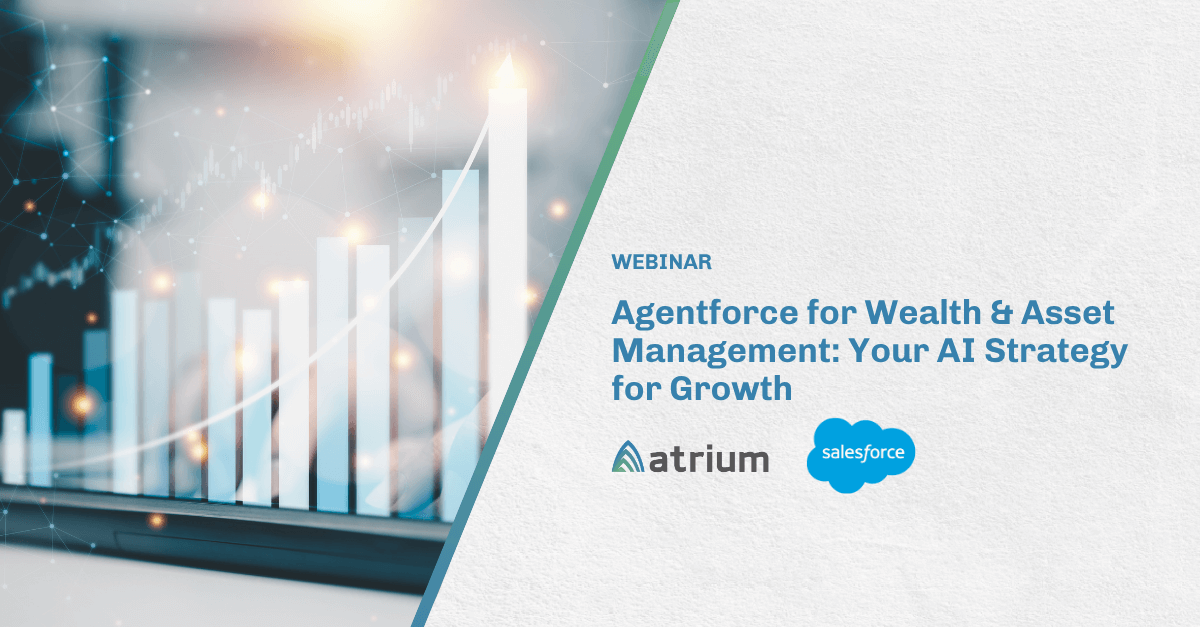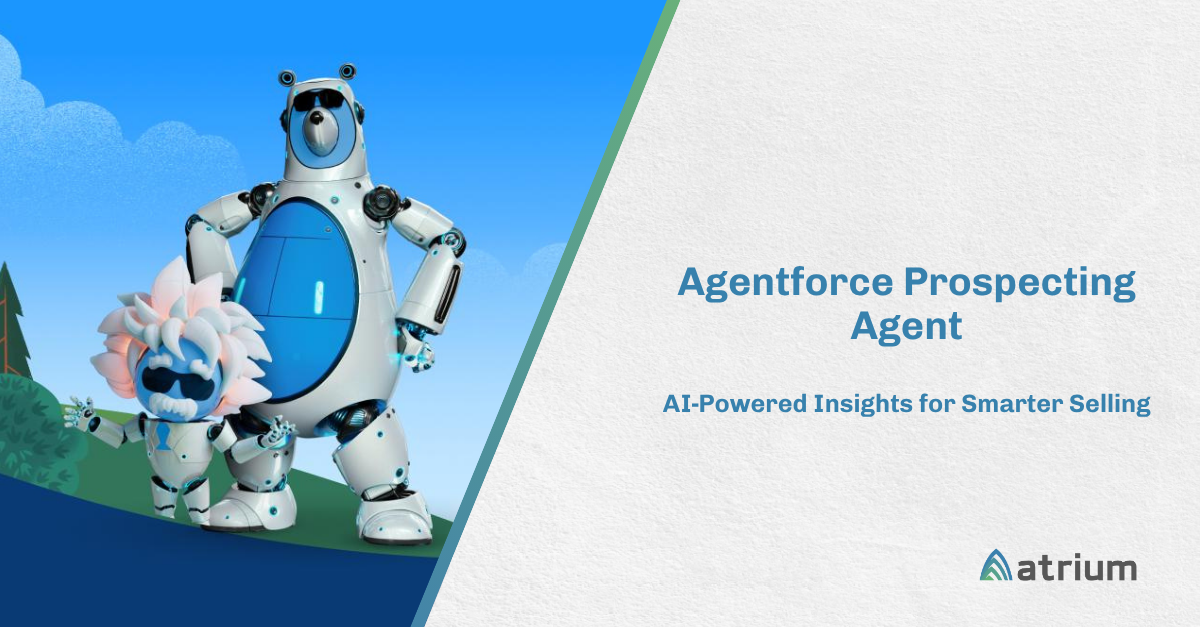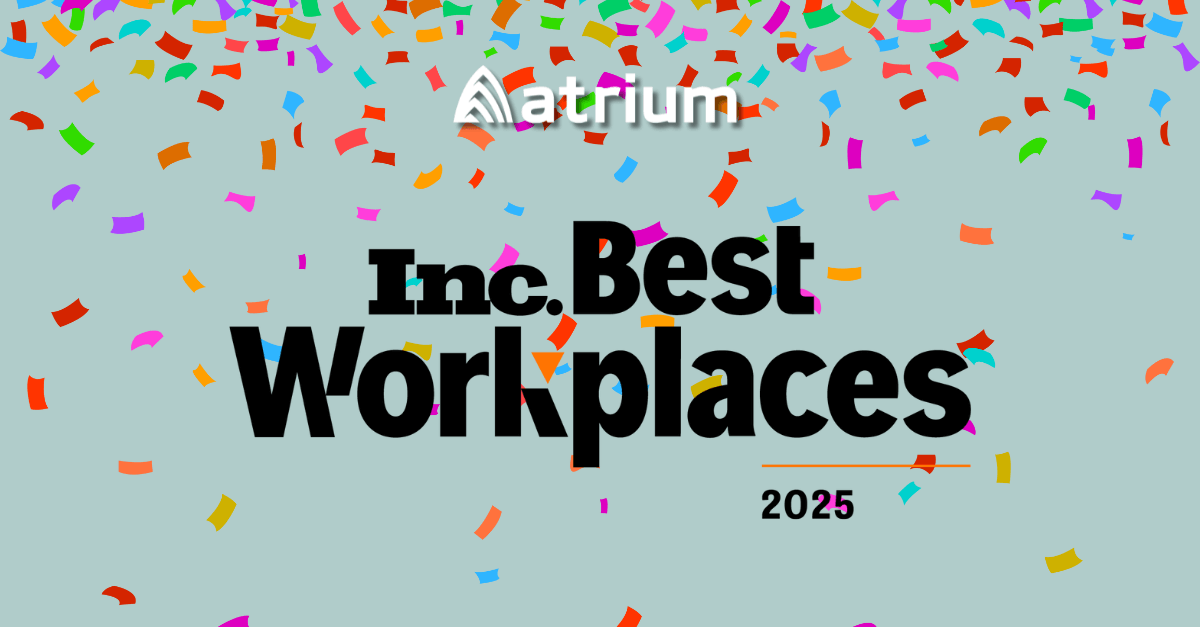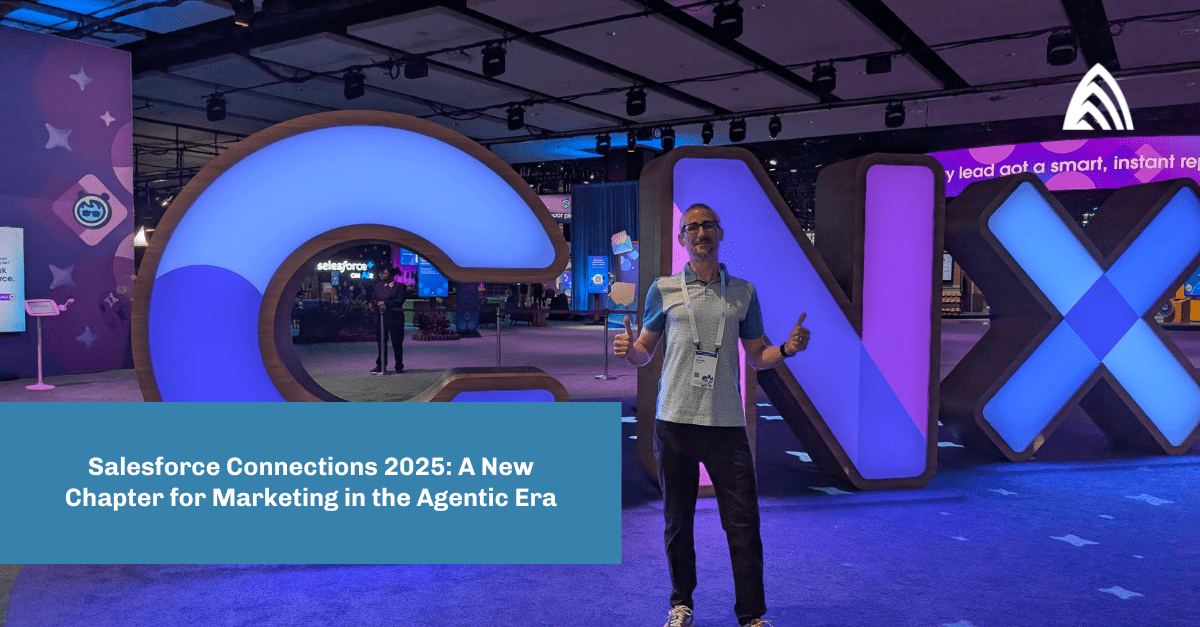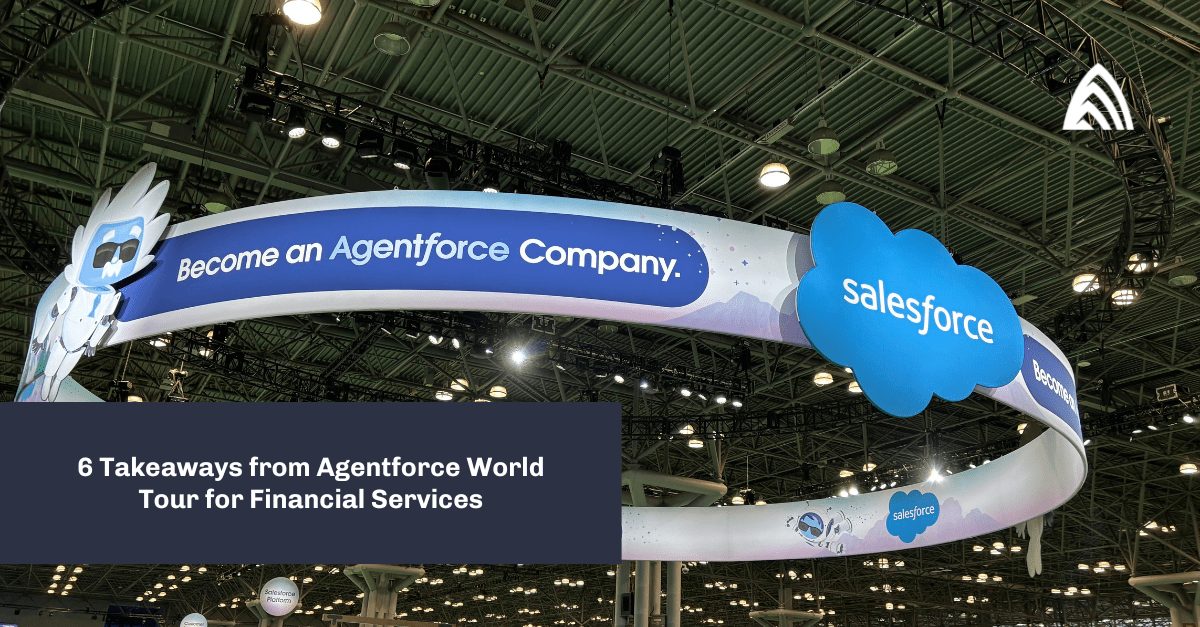Things have changed drastically over the last several months for those in higher education and in the nonprofit space. With new social and economic struggles to contend with since Covid-19, what does the future hold for these industries? How can organizations plan for progress in an uncertain time?
We spoke with Gene Zeyger, our Customer Engagement Director, about the outlook for those organizations and the opportunities provided in light of challenging, wholly unique circumstances. Prior to Atrium, Gene was a Sales Director at Appirio, where he focused on Salesforce implementation and strategy across all clouds and verticals, with specialization within the nonprofit sector.
Where is the nonprofit sector — and in particular, higher ed — heading? What’s the big focus in this space?
Even though a number of colleges/universities are designated as “public,” and private universities are considered “nonprofit,” the needs of higher education institutions are significantly different from those of nonprofit organizations. Higher education institutions focus on student acquisition and success. They often have significant physical locations and deal with many operational considerations. The significant operational costs associated with managing a university are paid for with tuition, though many universities work to build their endowment and pay for projects with major donations and grants.
Nonprofit organizations focus singularly on delivering on their mission — whether it be funding healthcare research and supporting patients, working to end world hunger and poverty, or improving the lives of their constituents. To fund their work, nonprofits often turn to individual donations or membership fees (in cases where a membership model makes sense). They often fund their activities through campaigns and events.
Both nonprofit and higher education organizations are focusing on sustainability and adapting to significant changes. Particularly since the pandemic, the higher education sector is undergoing a shift to more online and technology-assisted learning. People have more choices for their college experiences, so universities must adapt to the new models. Nonprofit organizations are seeing a shift in funding. The way individuals donate is changing, so nonprofits are looking to shift away from fundraising events and spending more time cultivating corporate partnerships and major donors.
Where do AI and machine learning fit into where nonprofits and higher ed are heading?
AI and machine learning will become an integral part of how nonprofits and higher education institutions manage both their constituent/student interactions and their income development initiatives. We are already beginning to see universities work to understand student patterns to predict critical outcomes such as “What is the likelihood of a student to enroll?” and “What is the student potential to drop out or transfer?” Thinking through these questions and identifying the factors which influence them is inherently the process of AI modeling. Organizations identify their most important questions and pose hypotheses about the factors that influence the outcome.
As an example, a university may already have a lot of data to support the fact that engineering students are much more likely to accept than others. But AI can provide much more information about why this is happening. Maybe the factors that affect this are the fact that engineering students have more personal interactions and referrals or the fact that the marketing approach for this student population is different than others. Statistical modeling shows us these types of insights.
An obvious application for AI is in the area of fundraising. AI can help answer questions such as “Is a particular donor likely to become a major donor?” or “Which campaign is likely to be most effective?” The goal is to make our fundraising efforts much more targeted and personalized, focusing our efforts on the opportunities most likely to yield results. With constrained resources, this type of automation will become more and more important to organizations.
What challenges do you see your customers facing when trying to improve and grow?
Nonprofit organizations struggle with standardized processes and data. People often join nonprofit organizations because they are passionate about the mission. That same passion drives people to focus, rightfully so, on the mission — but often at the expense of keeping good, consistent information and following well-defined processes. Due to this, organizations spend a tremendous amount of resources trying to consolidate their data into information that can be used to make decisions.
We have similar issues in higher ed. Many universities are made up of colleges that are made up of departments. All tend to want to operate independently. Yet the university requires data to make informed, far-reaching decisions. This is where AI and data management can provide a real leg up.
When looking at higher education and improving student outcomes, how are AI and machine learning making that possible?
We touched earlier on how AI can help identify students who may be struggling. The key is not only to identify these students, but also to:
- Provide the likely reasons for their struggles.
- Recommend the appropriate actions to take.
This is the true power of AI (and specifically Salesforce’s Einstein Analytics Plus solution). It’s not enough to simply pinpoint an issue. We must be able to diagnose it appropriately, take action to address it, and learn from each situation in order to be even better at predicting in the future. Einstein is able to show what explains an individual student’s lack of performance and suggest activities that have delivered results in similar situations. What if you could preempt someone dropping out by following up in the appropriate way, addressing the issues proactively, and following up to ensure progress — knowing the likelihood of success? And what if you could learn from each situation to be better at predicting outcomes in the future? That’s the power of AI.
What excites you most about the future of nonprofits and higher ed?
I truly believe nonprofits and universities are going to leverage technology in a new way. We are already seeing centralization of processes onto Salesforce and a move to consolidate data from multiple different systems. We are already seeing information impacting decision making. And we are just at the forefront of making every piece of data actionable. This shift in technology will make organizations much more informed about their processes and allow organizations to function more effectively, even when understaffed. We will change the viewpoint that nonprofits and higher education institutions are laggards to one that shows significant technological adoption and advancement.
Learn more about our services and how we help nonprofits and higher ed organizations succeed with analytics and AI.



